This blog post will explore how to effectively use software to manage your sales pipeline and boost your bottom line. From lead generation to close deals, we’ve got you covered with the latest and greatest techniques and strategies for optimal performance. So buckle up, grab a cup of coffee, and let’s get started!
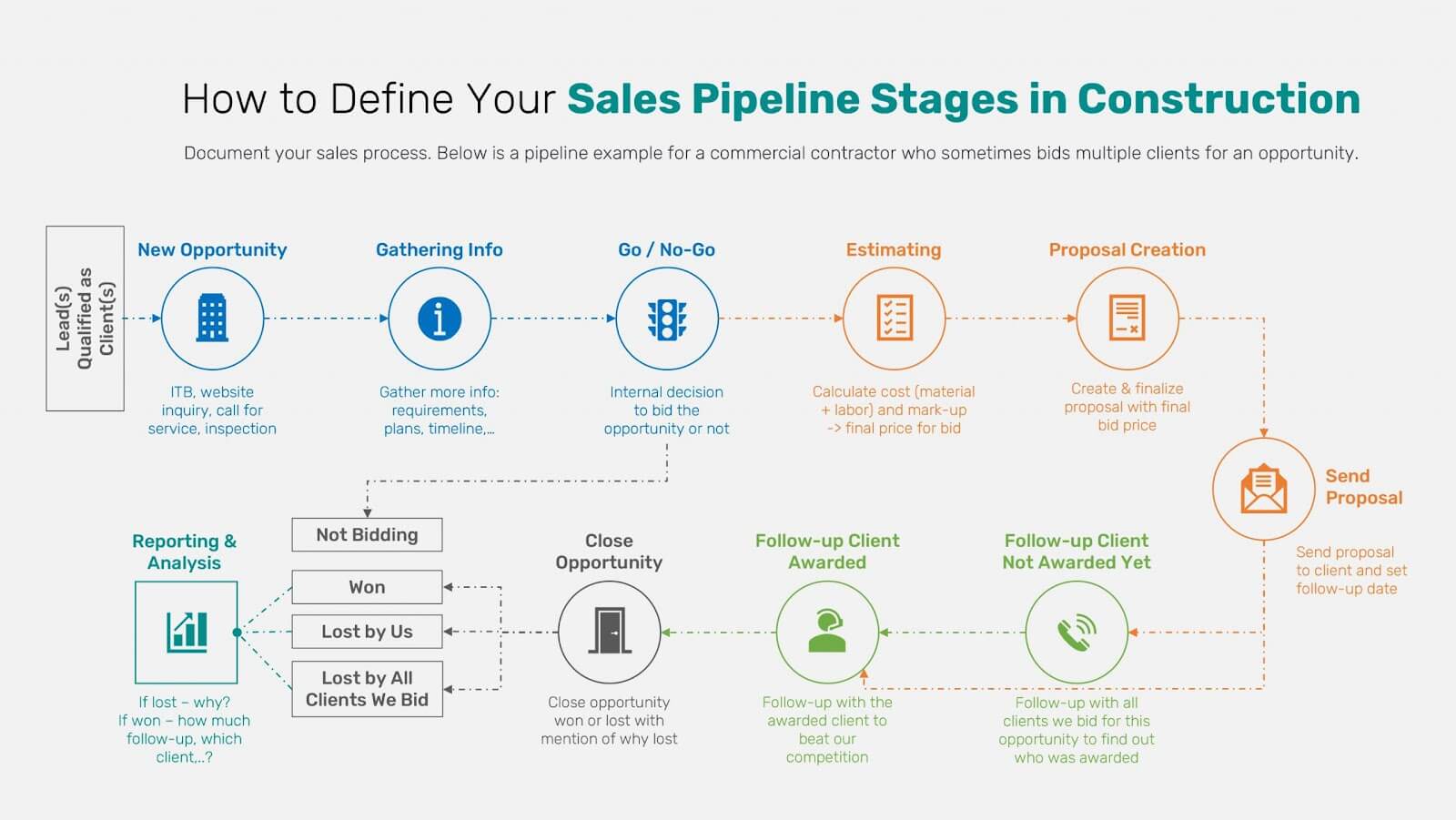
Understand the importance of managing your sales pipeline
Understanding the importance of managing your sales pipeline is crucial for maximizing your sales potential. By focusing on the best leads, analyzing your sales strategy and pipeline, enhancing your process with a CRM, utilizing the stages of a sales pipeline, increasing conversions with third-party integrations, ensuring seamless collaboration between your sales and marketing teams, using a sales dashboard for a complete overview of your sales activities, utilizing sales lead tracking features, and creating customer personas, you can optimize your sales and achieve your goals.
Sales pipeline management is at the core of everything you do in sales, and when done correctly, it can help you increase sales velocity, build more valuable deals, and improve your sales forecasting. So, take into account the importance of managing your sales pipeline and use software to enhance your efforts.
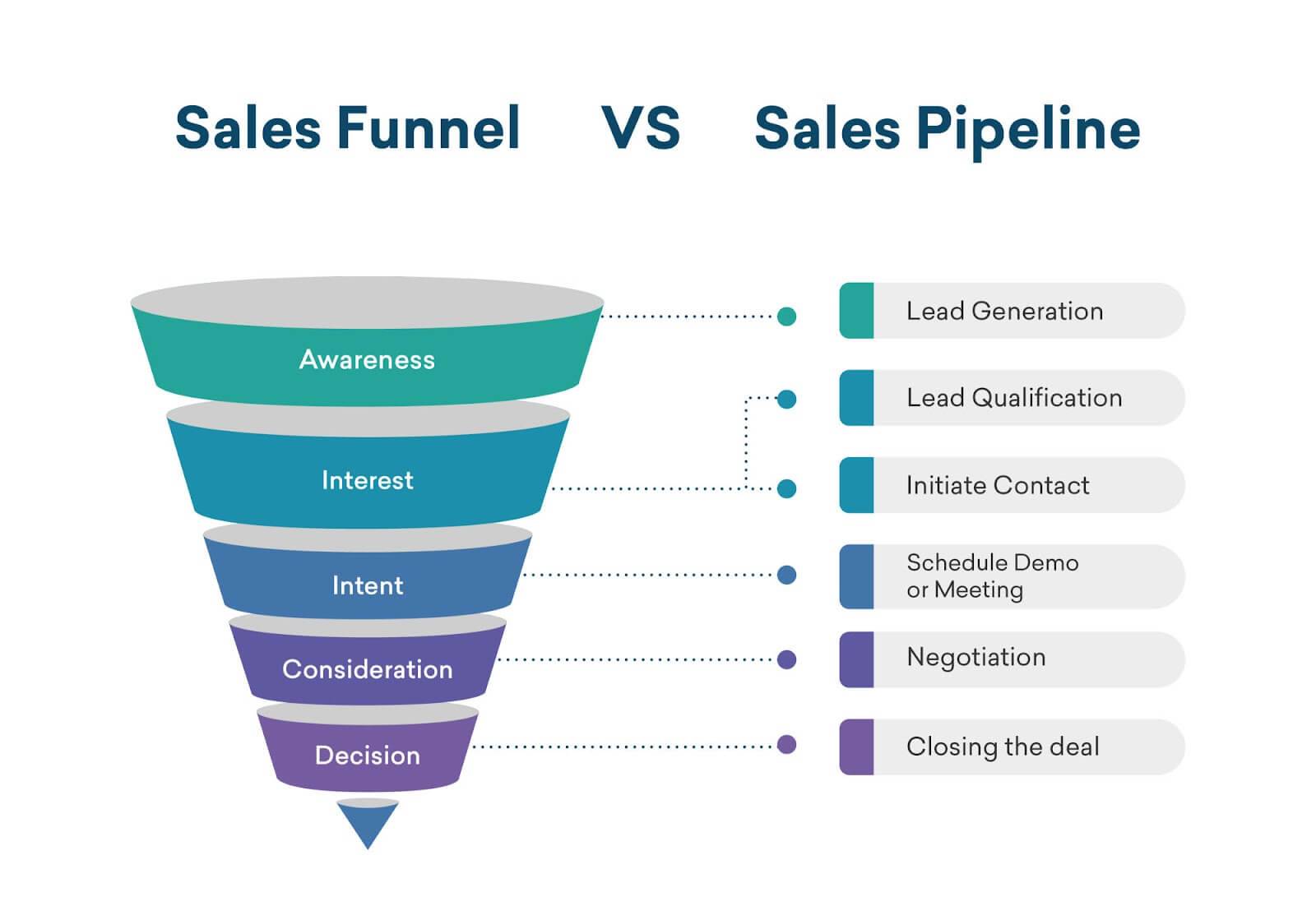
Focus on the best leads to maximize your sales potential
In order to optimize your sales pipeline, it’s important to focus on the best leads with the highest potential for generating revenue. This means analyzing your sales strategy and pipeline to identify which leads are most likely to convert into customers. You can increase conversions and maximize your sales potential by utilizing customer personas and tailoring your sales approach to different segments.
Working closely with your marketing team to understand buyer profiles and ensure seamless collaboration is also important. By using tools like Pipedrive and sales dashboards, you can track your progress and make data-driven decisions to improve your results. With a strong focus on high-value prospects and a standardized sales process, you can create a strong sales pipeline that accurately forecasts company revenue and leads to better business outcomes.
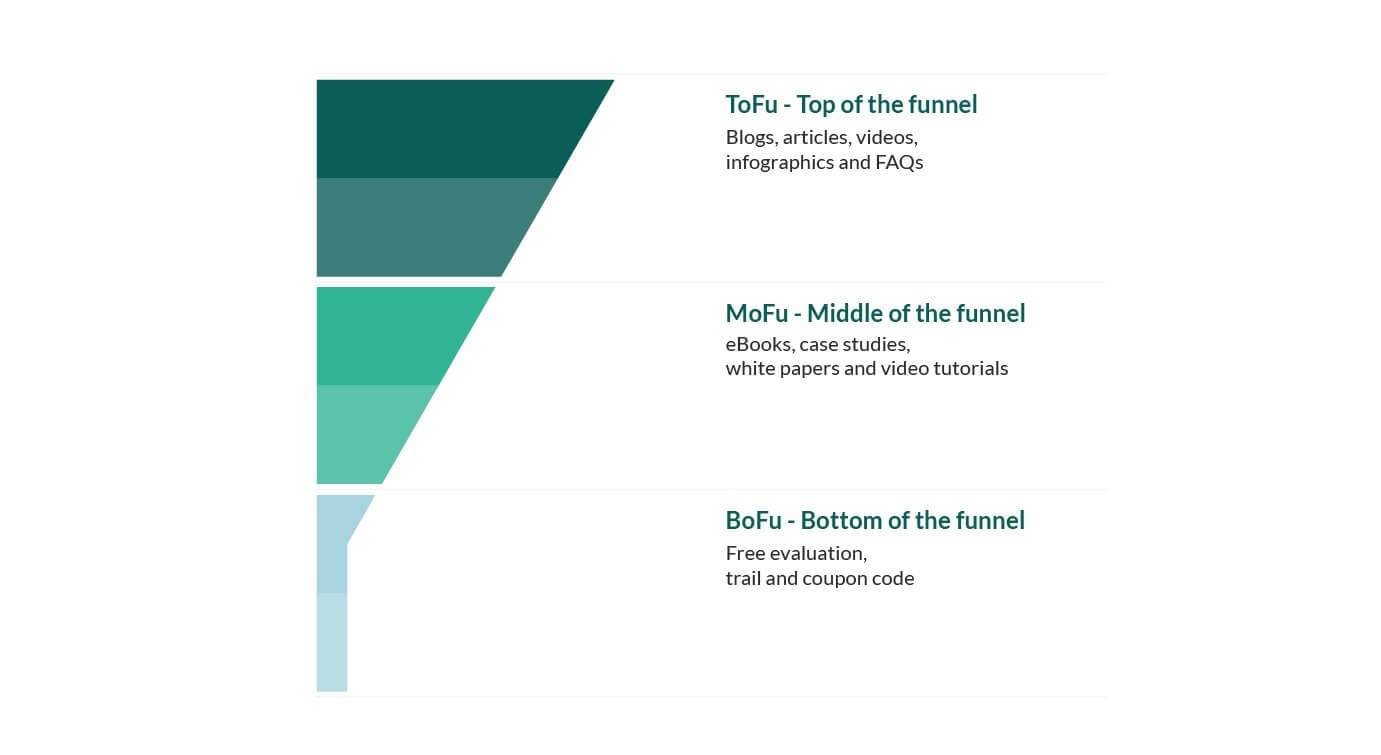
Analyze your sales strategy and pipeline to optimize your results
Once you have focused on the best leads and enhanced your sales process with a CRM, it’s time to analyze your sales strategy and pipeline to optimize your results. By tracking your sales dollars, closure rates, and conversion rates, you can identify areas of improvement in your pipeline and make data-driven decisions to increase revenue. Third-party integrations and sales dashboards can provide a complete overview of your sales activities, allowing you to spot trends and adjust your strategy accordingly.
Additionally, utilizing sales lead tracking features like Pipedrive can help you stay organized and follow up with potential clients in a timely manner. Creating customer personas and tailoring your sales approach to different segments can also optimize your results and increase conversions. By consistently analyzing and optimizing your sales strategy and pipeline, you can easily stay ahead of the competition and achieve your revenue goals.
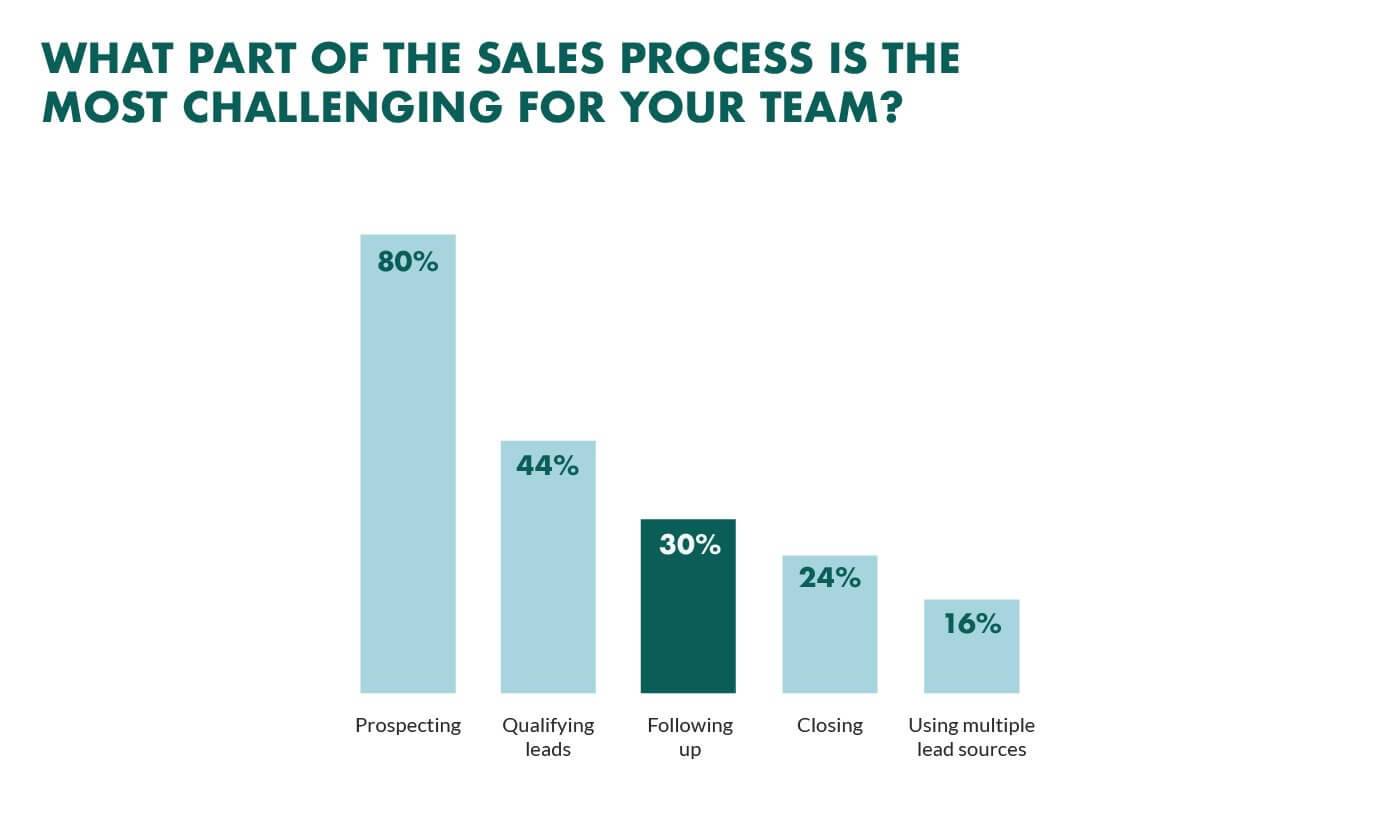
Enhance your sales process with a CRM
4. Enhance your sales process with a CRM. In today’s digital era, CRM or customer relationship management software is crucial to streamline sales processes, improve customer relationships, and drive revenue growth. Integrating a CRM system into your sales pipeline, it enables you to centralize your customer data, track your leads and automate your sales processes. With a well-structured CRM pipeline, you can easily organize your interactions with prospects and align them with your sales cycle, forecasting potential sales and identifying bottlenecks in the process.
Analyzing the data gathered from the CRM, also helps you to identify opportunities to upsell and cross-sell, as well as generate insights on your customer’s preferences and behaviors. It’s an all-in-one solution that maximizes your team’s productivity and efficiency, ultimately leading to more closed deals and satisfied customers.
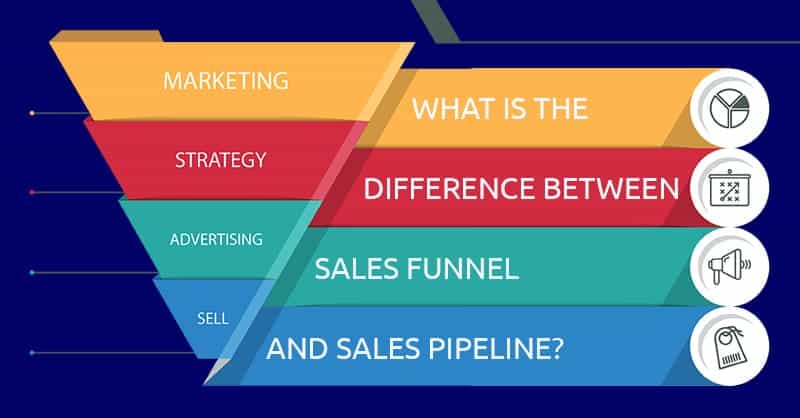
Utilize the stages of a sales pipeline to improve your understanding
To optimize your sales pipeline, it’s essential to understand the different stages of the process. By analyzing these stages and how they relate to your sales strategy, you can improve your understanding of your pipeline and increase your efficiency. Using software can help you track your pipeline progress and identify where your sales team needs to focus their efforts. Utilizing the stages of a sales pipeline can also help you tailor your approach to different segments of your customer base, which can lead to higher conversions.
By analyzing customer data, you can create customer personas that help you target the right leads with the right message at the right time. With this approach, you can streamline your sales process and maximize your sales potential.
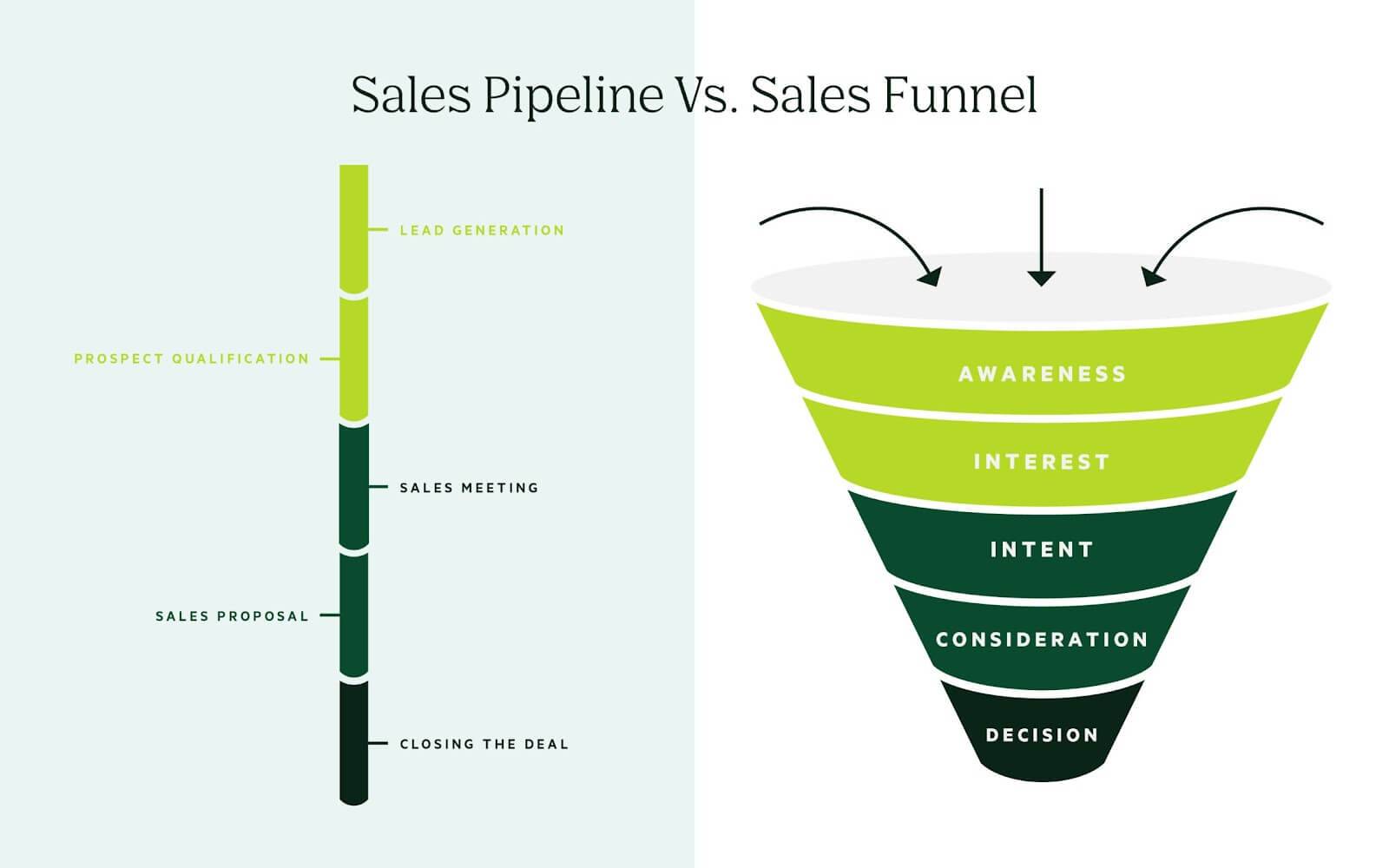
Increase conversions with third-party integrations
To maximize results, businesses must consider integrating third-party tools into their sales automation software. This will increase conversions at different stages of the sales funnel. Companies can see results by focusing on the best leads to drive revenue, liaising with marketing to understand the buyer profiles, and utilizing sales lead tracking features with tools like Pipedrive.
But by integrating third-party tools, businesses can take action on that data in real time. With these integrations, businesses can learn which activities generate maximum revenue and optimize their approach based on the most accurate data. This will ensure a seamless and effective sales process.

Ensure seamless collaboration between your sales and marketing teams
Collaboration between sales and marketing teams is key to the success of any organization. In order to ensure seamless collaboration, it is important to have frequent meetings to discuss objectives and key results (OKRs) and agree on a standardized sales process. Utilizing a CRM tool such as Salesforce can provide the flexibility needed for both teams to share data and sync individual actions with team goals. Personalizing your approach and focusing on high-value accounts can enhance your sales process and build stronger relationships with prospects.
Additionally, utilizing sales lead tracking features with tools like Pipedrive can provide a complete overview of your sales activities. Creating customer personas and tailoring your sales approach to different segments can increase conversions and optimize your results. Ensuring collaboration between your sales and marketing teams can lead to a more cohesive and effective sales pipeline for your business.
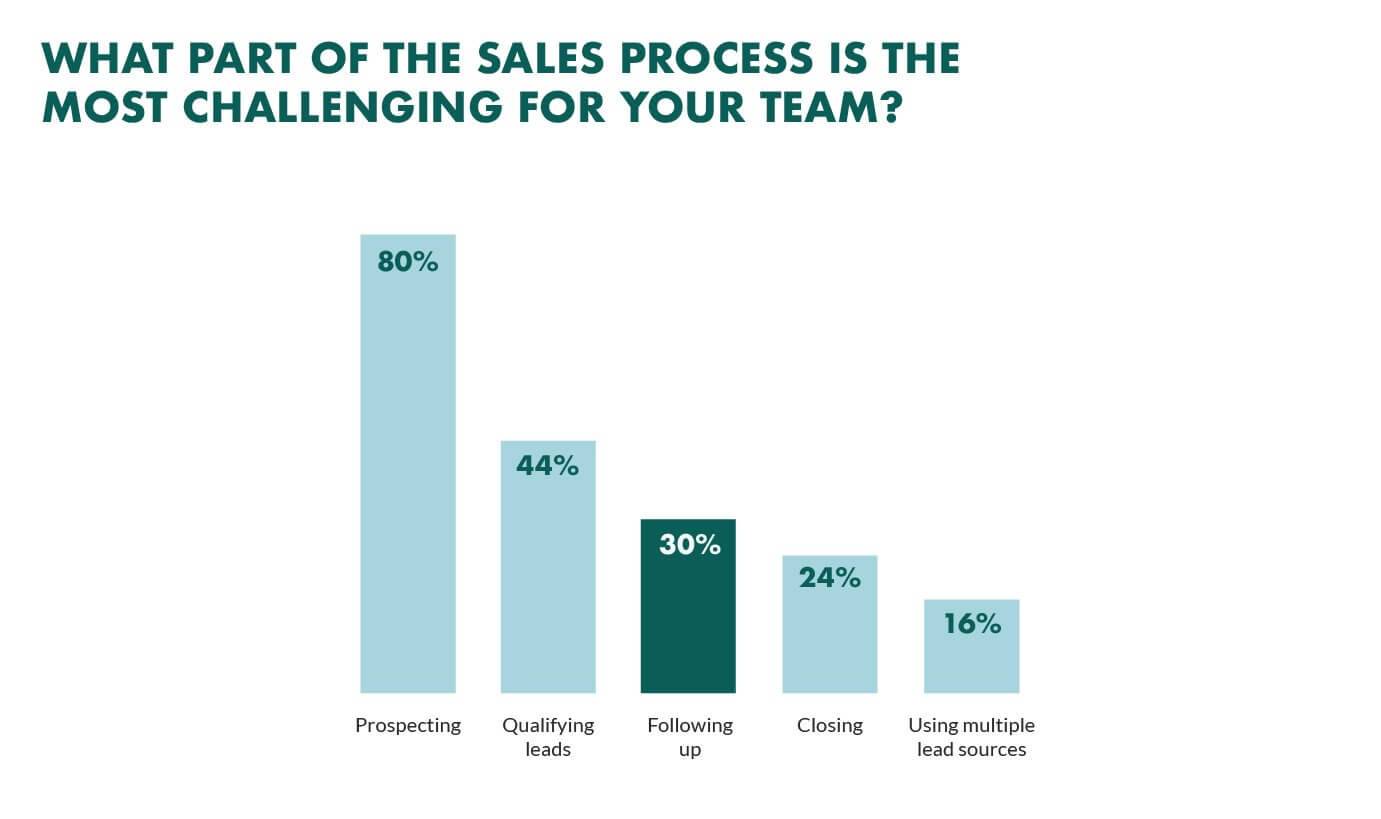
Use a sales dashboard for a complete overview of your sales activities
Utilizing a sales dashboard can provide a complete overview of a company’s sales activities. After analyzing your sales strategy and pipeline, enhancing your sales process with a CRM, and utilizing the stages of a sales pipeline to improve your understanding, a sales dashboard can help track the progress of your efforts. By providing an overview of key performance indicators such as quota attainment and individual team member performance, sales dashboards can help optimize decision-making and improve team productivity.
In addition, customizable dashboards allow for increased visibility of all sales-related activities including contacts, emails sent, and scheduled appointments. This tool can be particularly helpful for sales managers and allows for better revenue forecasting and future planning. By utilizing a sales dashboard, businesses can gain valuable insights into their sales performance and take steps toward optimizing their sales pipeline.
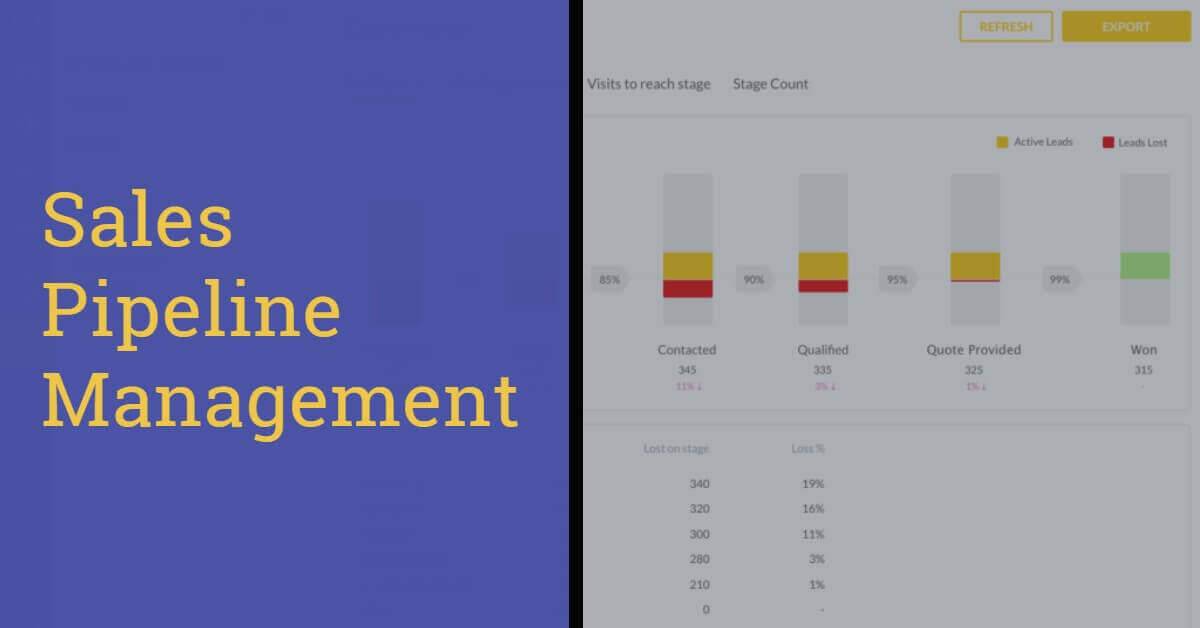
Utilize sales lead tracking features with tools like Pipedrive
To optimize your sales pipeline, it is essential to utilize sales lead tracking features. One such tool is Pipedrive, a popular and user-friendly CRM software that aids in the optimization of the sales pipeline. With Pipedrive, sales reps can easily visualize leads, track deals, and prospects through various stages of the sales pipeline, and enhance their sales process with automation features like web forms and chatbots. Additionally, Pipedrive’s sales lead tracking functionalities empower sales reps to see when they last contacted a lead, the communication channel used, and forecast future business results. By integrating Pipedrive into your sales strategy, you can make informed decisions, increase conversions, and ultimately, boost revenue.
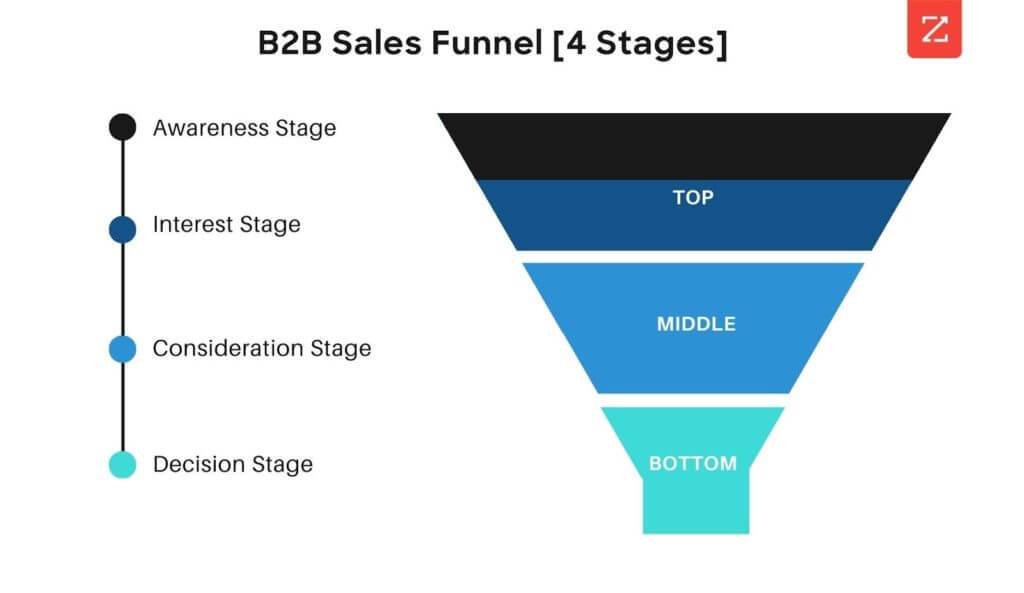
Create customer personas and tailor your sales approach to different segments
Once you’ve analyzed and optimized your sales pipeline with software, it’s time to focus on effectively tailoring your sales approach to different customer segments. By creating customer personas based on factual data, you can gain a deeper understanding of your target audience’s shared characteristics, attitudes, and behaviors. This will allow you to customize your sales messaging and approach to resonate with each specific segment, increasing your chances of conversion.
By utilizing the stages of your sales pipeline, such as lead nurturing and tracking, you can guide each customer through their unique buying journey with ease. With the addition of a sales lead tracking tool like Pipedrive, you can further refine your approach, and ensure that you’re optimizing your sales potential for each segment. Overall, the implementation of customer personas and a tailored sales approach will result in enhanced overall results and increased customer satisfaction.
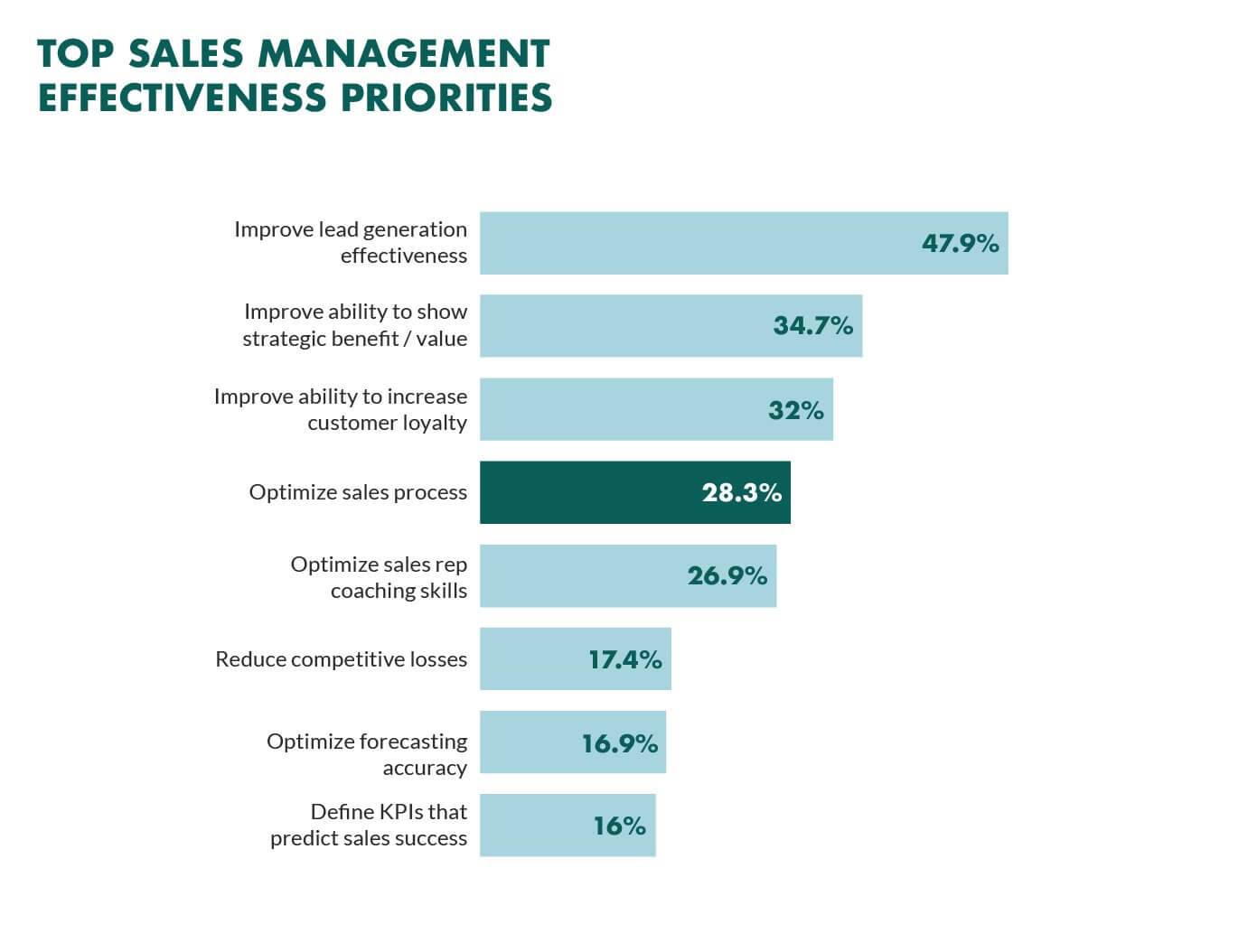
Conclusion
After implementing software to optimize their sales pipeline, businesses can see a significant improvement in their sales results. By understanding the importance of managing the pipeline and focusing on the best leads, companies can maximize their sales potential. Analyzing and enhancing the sales process with tools like a CRM, utilizing sales lead tracking features, and creating customer personas tailored to different segments are all essential steps in optimizing the sales process.
Additionally, utilizing third-party integrations, ensuring seamless collaboration between sales and marketing teams, and using a sales dashboard for a complete overview of sales activities can further improve results. In conclusion, investing in software to optimize the sales pipeline can significantly boost revenues and profits for businesses.
Frequently Asked Questions (FAQs)
How can CRM improve customer retention?
CRM (Customer Relationship Management) can improve customer retention in several ways. By effectively managing customer data and interactions, CRM systems enable businesses to understand their customers better, anticipate their needs, and provide personalized experiences. This helps build stronger relationships with customers, increasing their satisfaction and loyalty. CRM also allows businesses to segment their customer base and target specific groups with tailored marketing campaigns, offers, and incentives, which can further enhance customer retention.
How does CRM impact customer loyalty and retention?
CRM has a significant impact on customer loyalty and retention. By centralizing customer data and interactions, CRM systems enable businesses to deliver personalized experiences and build stronger relationships with their customers. This leads to increased customer satisfaction, trust, and loyalty. CRM also helps identify customer needs, preferences, and buying patterns, allowing businesses to provide relevant offers and recommendations that enhance customer loyalty and encourage repeat purchases. Furthermore, CRM facilitates effective customer service and support, which contributes to customer satisfaction and retention.
What is the impact of CRM on customer loyalty to brands?
The impact of CRM on customer loyalty to brands is substantial. CRM enables businesses to gather comprehensive data about their customers, including purchase history, preferences, and interactions. This data can be utilized to personalize marketing messages, offers, and experiences, which creates a sense of individualized attention and strengthens the bond between the customer and the brand. By consistently delivering personalized experiences, businesses can foster customer loyalty, leading to repeat purchases, positive word-of-mouth referrals, and a higher likelihood of customers advocating for the brand.
What is the impact, if any, of CRM on customer retention and loyalty to brands?
CRM has a significant impact on both customer retention and loyalty to brands. By leveraging CRM systems, businesses can effectively manage customer relationships, personalize experiences, and cater to individual needs and preferences. This enhances customer satisfaction and fosters loyalty, increasing the likelihood of customers staying with the brand over the long term. CRM also enables businesses to proactively engage with customers, address their concerns, and provide timely support, which further contributes to customer retention and loyalty.
How does CRM help with customer loyalty?
CRM helps with customer loyalty by enabling businesses to gather and analyze customer data, understand their needs, and deliver personalized experiences. With a CRM system in place, businesses can track customer interactions, purchase history, and preferences, allowing them to segment their customer base and tailor marketing campaigns and offers accordingly. By providing relevant and personalized communication, businesses can create a sense of exclusivity and make customers feel valued, thereby fostering loyalty. Additionally, CRM facilitates proactive customer service, ensuring timely support and issue resolution, which further strengthens customer loyalty.



